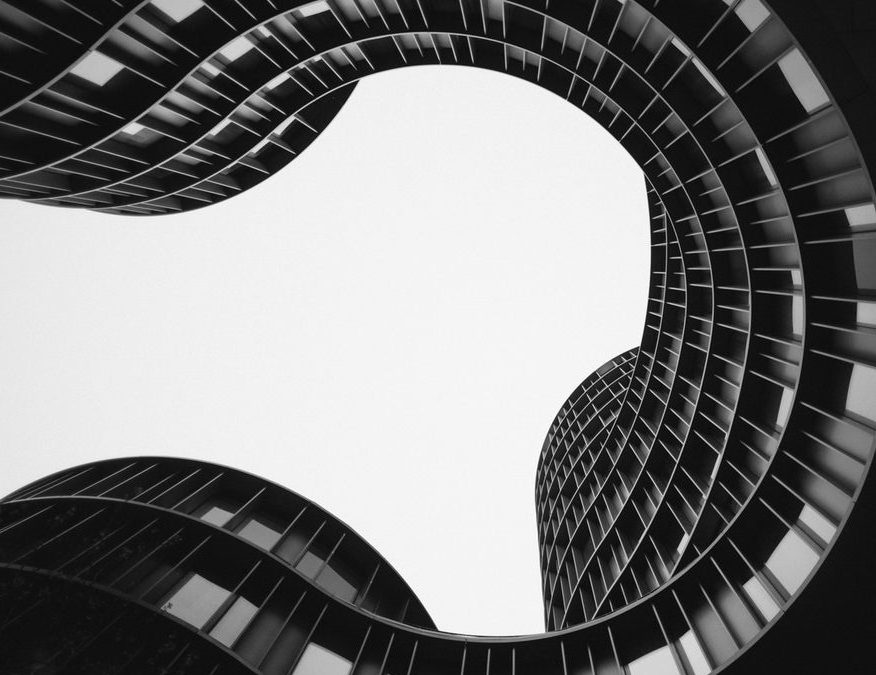Cells Tissues Organs 2010;192(3):200-10.
By Carla Stecco, Veronica Macchi, Andrea Porzionato, Aldo Morra, Anna Parenti, Antonio Stecco, Vincent Delmas, Raffaele De Caro.
27 febbraio 2010
Abstract
Study Design: Research report. Objectives: To evaluate the anatomical characteristics of the ankle retinacula and their relationship with the fasciae and muscles in healthy subjects and in patients with ankle sprain outcomes. Background: The role of the retinacula in proprioception has begun to emerge, but without clear anatomical bases or descriptions of their possible damage in patients with ankle sprain outcomes. Methods: Dissection, histological and immunohistochemical analysis of 27 legs. An in vivo radiological study by MRI was also performed on 7 healthy volunteers, 17 patients with outcomes of ankle sprain, and 3 amputated legs. Results: The retinacula are thickenings of the deep fascia presenting bone or muscular connections. They are formed of 2–3 layers of parallel collagen fibre bundles, ensely packaged with a little loose connective tissue, without
elastic fibres but many nervous fibres and corpuscles. By MRI, the retinacula appeared as low-signal-intensity bands with a mean thickness of 1 mm. In patients with outcomes of ankle sprain, MR findings were abnormal retinacula thickness, signal intensity, and full-thickness gap. Discussion: The retinacula are not static structures for joint stabilisation, like the ligaments, but a specialisation of the fascia for local spatial proprioception of the movements of foot and ankle. Their anatomical variations and accessory bundles may be viewed as morphological evidence of the integrative role of the fascial system in peripheral control of articular motility.
Full text at this link. doi.org/10.1159/000290225

